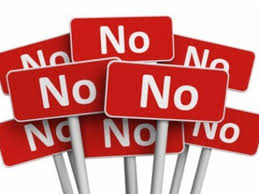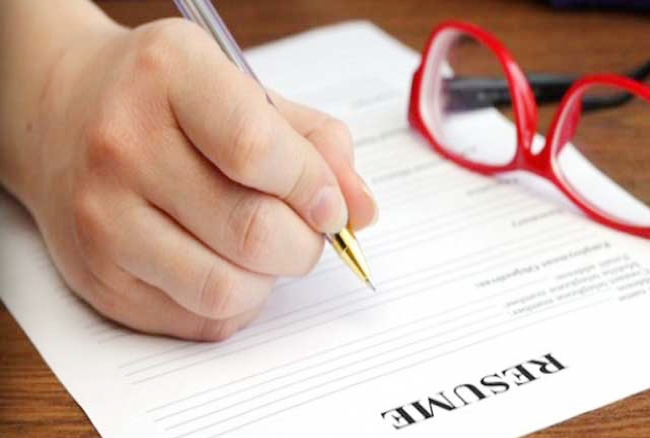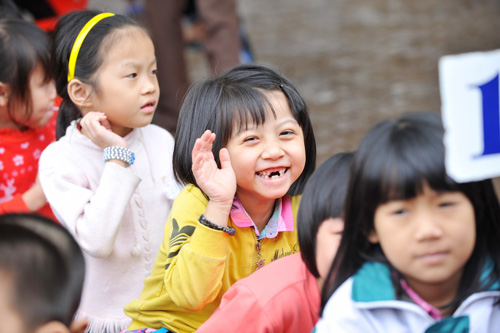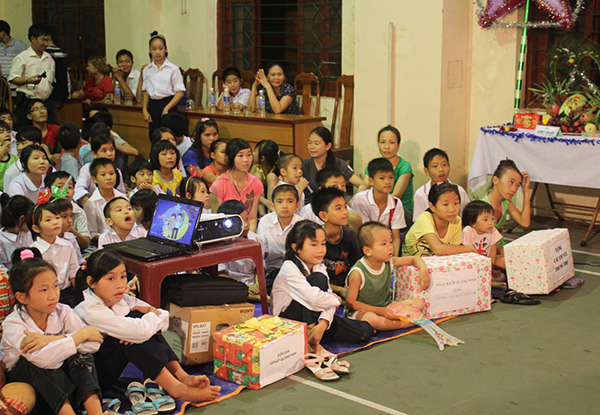Vietnam: Children Law 2016 and 14 groups of disadvantaged children
11:18, 14/09/2017
The Children Law 2016 of Vietnam officially takes effect from June 01, 2017, according to which there are 14 groups of disadvantaged children as follows:
37 lượt xem- Key word:
- Children Law 2016
- Decree No. 56/2017/NĐ-CP
Related Content
- Number of deputy directors of departments in Vietnam in accordance with Decree 45/2025/ND-CP
- Cases ineligible for pardon in Vietnam in 2025
- Decree 50/2025 amending Decree 151/2017 on the management of public assets in Vietnam
- Circular 07/2025 amending Circular 02/2022 on the Law on Environmental Protection in Vietnam
- Adjustment to the organizational structure of the Ministry of Health of Vietnam: Certain agencies are no longer listed in the organizational structure
- Vietnam aims to welcome 22-23 million international tourists in Vietnam in 2025
SEARCH ARTICLE
Related Document
Related Article
-

- Selling alcohol, beer, cigarettes, addictive substances ...
- 12:09, 02/06/2018
-

- Vietnam: Conditions and dossiers for surrogate ...
- 11:25, 22/01/2018
-
(2).jpg)
- Vietnam: Children who have no one to rely on shall ...
- 10:44, 22/09/2017
-

- Children Law 2016 of Vietnam: 25 rights and 5 ...
- 08:43, 20/06/2017
-

- Vietnam’s assistance policies for disadvantaged ...
- 08:37, 04/06/2017
JUST UPDATED
-

- Notable new policies of Vietnam effective as of ...
- 16:26, 11/04/2025
-
.Medium.png)
- Notable documents of Vietnam in the previous week ...
- 16:21, 11/04/2025
-
.Medium.png)
- Notable documents of Vietnam in the previous week ...
- 16:11, 02/04/2025
-
.Medium.png)
- Notable new policies of Vietnam to be effective ...
- 16:04, 02/04/2025
-
.Medium.png)
- Notable new policies of Vietnam effective from ...
- 14:51, 21/03/2025
New text summary report
-
Real estate
-
Policy analysis
-
Legal Counselling
-
Case law
-
Forms and Templates
-
New text catalog
-
New Text Notification
-
Highlights of the week
-
Finance
-
New policy in effect
-
Labor - Salary
-
Officials and civil servants
-
Land - Housing
-
Tax-free-fee
-
Custom
-
Enterprise - Investment
-
Administration
-
Insurance
-
Civil
-
Set of Laws
-
News about Case Law
-
Economy
-
Life
-
Health
-
Cultural
-
Commerce
-
Military
-
History
-
Strange story
-
Criminal
-
Traffic
-
Education
-
Other
 Article table of contents
Article table of contents
